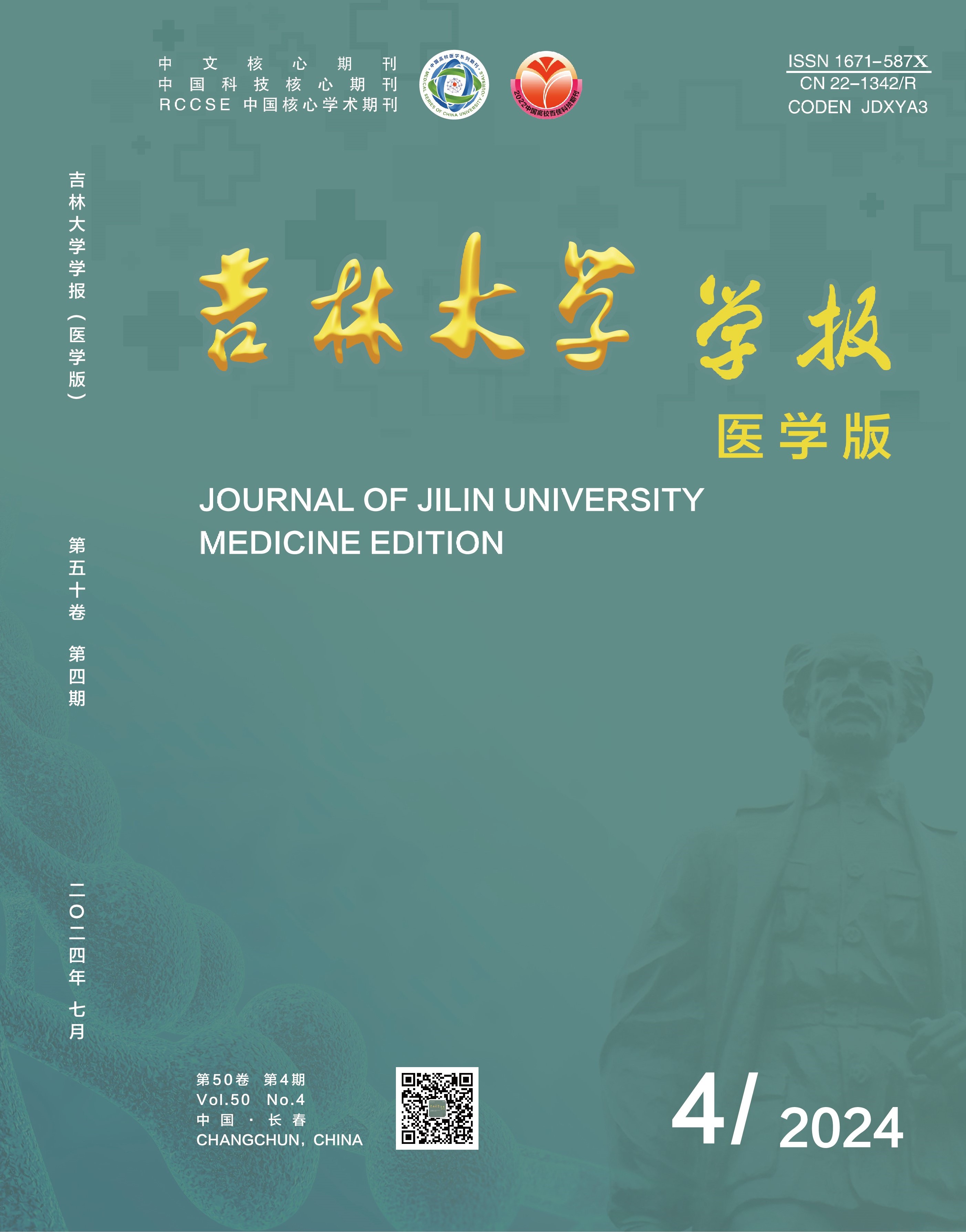ObjectiveTo evaluate the application value of three-dimensional reconstruction technology combined with indocyanine green(ICG) fluorescence staining in the diagnosis and treatment of liver tumor, and to explore whether the combined technology can help reduce the incidence of postoperative complications.
MethodsUsing retrospective research method, the clinical data of 70 patients with liver cancer were collected; according to whether the patients underwent 3D reconstruction combined with IGF navigation, they were divided into routine preoperative evaluation and hepatectomy group (conventional group) and three-dimensional reconstruction combined with IGF intraoperative navigation group (combined group). The detection and resection of intraoperative lesions, intraoperative blood loss and blood transfusion, operation time, time of postoperative hospital stay, Clavien-Dindo complication classification, and the incidence of major complications after liver resection defined by the International Study Group of Liver Surgery (ISGLS) of the patients were recorded.
ResultsIn combined group, 15 new lesions were found by intraoperative ICG staining compared with preoperative CT/MRI. The pathological results confirmed that 4 cases were hepatocellular carcinoma, 2 cases were colon cancer liver metastases, and the remaining 9 cases were cirrhotic nodules. The sensitivity was 95.35% and the specificity was 68.75%. Compared with conventional group,the operation time of the patients in combined group was shortened (P<0.05),the Clavie-Dindo complication classification was improved (P<0.05); there were no significant differences in the blood loss,the blood transfusion,the time of postoperative hospital stay, and the incidence of complications defined by ISGLS (P>0.05). The surgical margins of the patients in two groups corresponded the R0 resection standard, and one patient in conventional group presented tumor recurrence at the reexamination 3 months after surgery.
ConclusionThree-dimensional reconstruction technology combined with ICG staining can improve the safety of the operation and achieve precise positioning through sufficient preoperative evaluation and approach planning, which can effectively shorten the operation time, increase the detection rate of the lesion,has a certain positive impact on reducing the incidence of postoperative complications, and achieves the precise liver resection.

 Table of Content
Table of Content
 Guide to Authors
Guide to Authors


